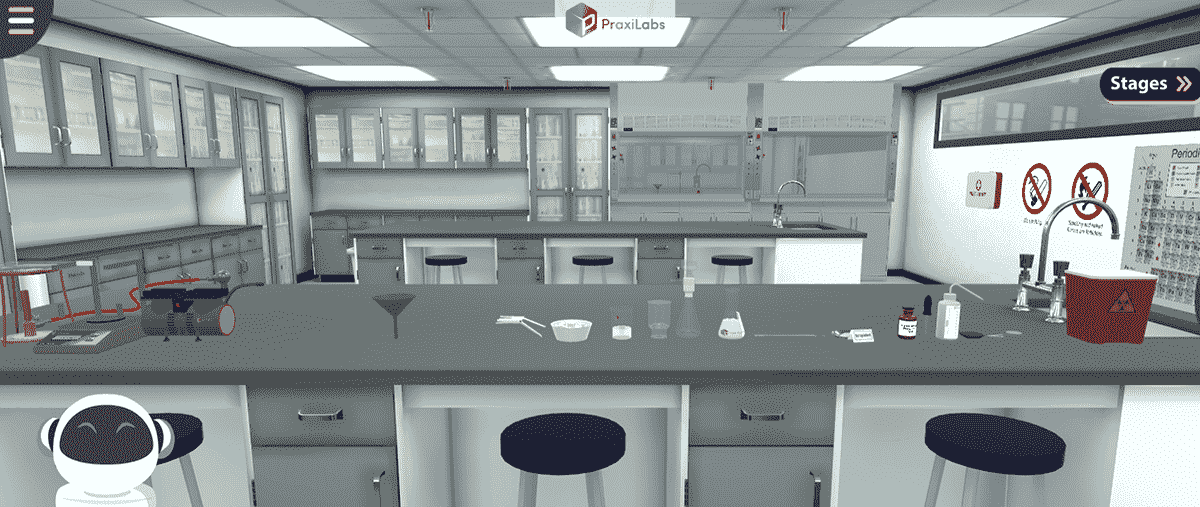





2.5M+
Active Users Worldwide
80%
Improved Learning Retention
60%
Reduction in Laboratory Costs
Synthesis of Aspirin.
Acetylsalicylic acid (Aspirin) is prepared by chemical synthesis from salicylic acid, through acetylation with acetic anhydride in presence of a catalyst, commonly phosphoric acid to speed up the reaction. The phenol group on the salicylic acid forms an ester with the carboxyl group on the acetic anhydride.
Become proficient at running organic chemical reactions.
Aspirin; the common name of Acetylsalicylic acid, is a synthetic organic derived from salicylic acid. Salicylic acid is a natural product found in the bark of the willow tree and was used by the ancient Greeks and Native Americans, among others, to counter fever and pain. However, salicylic acid is bitter and irritates the stomach. The IUPAC nomenclature of Aspirin is 2-Acetoxybenzoic acid. Aspirin can be mainly prepared through the esterification reaction; where a hydroxyl group of salicylic acid reacts with acetic anhydride to form Aspirin and acetic acid. Esterification reactions are catalyzed by the presence of concentrated acids to force the reaction forward preventing it from going backward. The main role of phosphoric acid in this reaction is acting as a catalyst since it is a dehydrating agent. Aspirin is an oral non-steroidal anti-inflammatory drug (NSAID) that is rapidly absorbed from the stomach and the small intestine. It is a non-selective NSAID as it irreversibly inhibits both cyclooxygenase (COX) enzymes involved in converting arachidonic acid to prostaglandins and thromboxane.
Aspirin is synthesized through the reaction of salicylic acid and acetic anhydride in the presence of phosphoric acid as a catalyst. Finally, the formed crude aspirin is purified by recrystallization using absolute ethanol and the pure aspirin is collected by vacuum based filtration.




